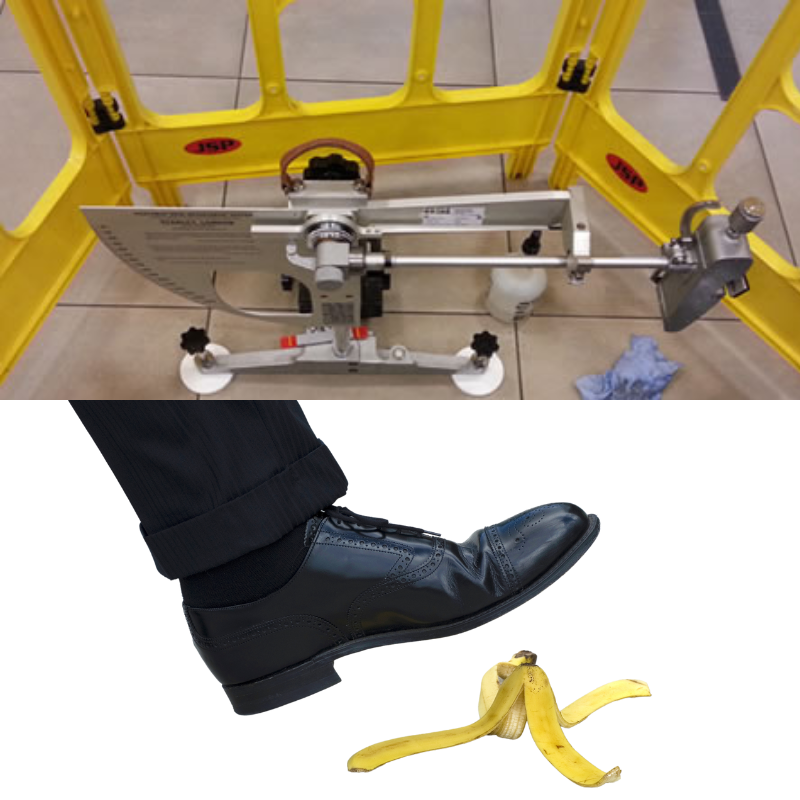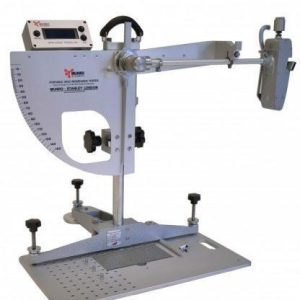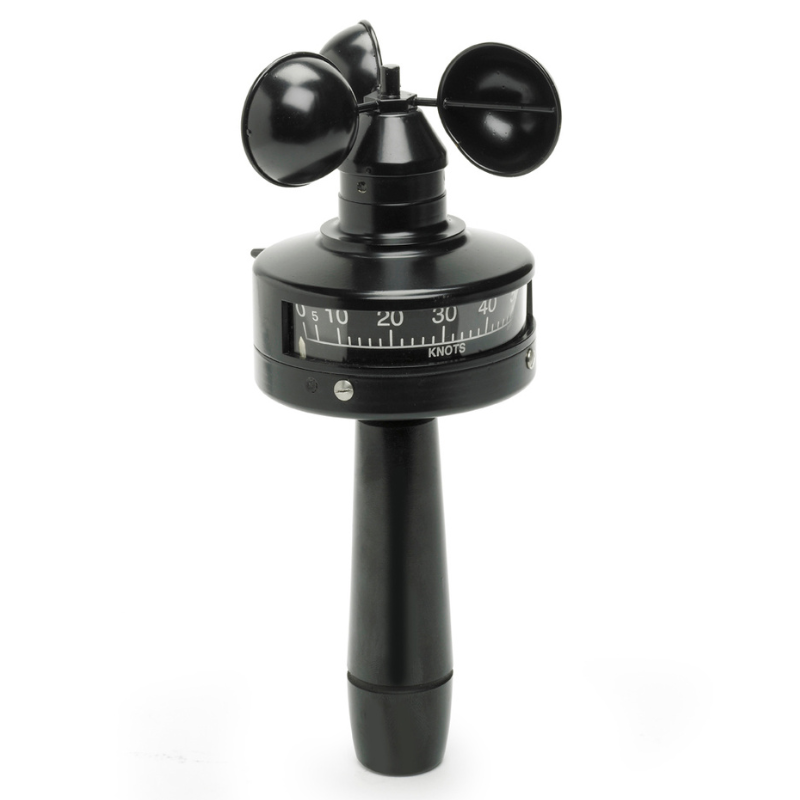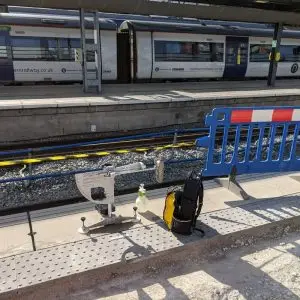Mistakes can be made by the best of workers, regardless of how well trained or motivated they are. Mistakes made in the workplace can have big consequences; not only can they be costly but they could cause severe accidents and harm to others, with implications for the employer as well.
It has been found that human factors play a significant role in almost all workplace accidents in some form or another. Identifying the influence workers have over accidents, particularly slips and trips, is crucial so you can put robust measures in place to try and reduce the impact worker’s actions have on others, such as redesigning your procedures or floor layout, providing additional training or even recruiting or specialising workers to ease the workload strain on others in risky areas.
What can be described as a contributory human factor?
- Lack of responsibility
- Failure to implement or follow health and safety processes
- Poor awareness of slips and trips
- Lack of understanding of legislations
- Poor supervision
- Failure to deal with spillages or problems as they occur
- Lack of communication between workers or management
- Inadequate training
- Failure to investigate accidents properly which could avoid recurrences
Once you have identified the ways in which human actions can contribute towards accidents, and in this case specifically, slips and trips, you can look at ways to reduce their influence. Here are some top tips for reducing the human contribution towards accidents in your workplace accidents:
Instil a “see it, sort it” attitude from the offset
Make sure everyone knows their responsibilities regarding health and safety and state responsibilities within job specifications if necessary. You should consider integrating health and safety into your training for new employees and ensure everyone knows where to locate cleaning, drying or and/or barrier supplies so they can act on floor contamination as soon as it arises, rather than leaving it for “someone else to sort”, by which point it might be too late. Alternately, make sure workers know who to contact in the event of a spillage such as a maintenance team or cleaner.
Ensure your floor layout is effective
In many cases, simply tweaking the layout of your workplace can have a positive impact on reducing slips and trips. Is your office a maze of desks and trailing wires? Is your factory stacked with boxes? In your warehouse are the cleaning stations the opposite end of the warehouse to your prone-to-leaking machinery? Consider asking your employees for their input on how the layout of their workspace could be altered to make things easier and less risky for them as they will likely have a better understanding of how the space is actually used rather than how it was designed to be used.
Remind employees
Simple health and safety posters around your workplace will act as a gentle reminder to employees about their responsibilities. For example, how to operate machinery and empty water tanks and oil reservoirs safely, best practices to clean spillages and advice on how employees should conduct themselves in the workplace. A culture of safe working practices can’t exist if employees are unsure of the safest way of doing things.
Involve employees
It has been proven that organisations that involve employees with health and safety processes see fewer accidents. Why? Involving employees creates a positive health and safety climate and workers become more aware of their actions and the affects they can have on others. Consider introducing a health and safety committee to integrate employees and improve communication between management and the work floor.
Implement a diagnostic checklist
Adopting a checklist approach when investigating accidents will help you rule out certain factors and ensure nothing is missed. Gaining a comprehensive overview of the situation will help you to implement a plan of action to reduce the likelihood of the same, or similar, accident recurring. If the accident was a slip we can help with this, and dependent on results, provide a defense against subsequent compensation claims.
Conduct regular floor testing
Regular pendulum slip tests by an expert and impartial slip tester will identify any areas that need attention and determine whether your floors are safe and fit for purpose. Adopting a pro-active approach and addressing slip risk areas before slips actually occur will, without a doubt, reduce accidents.
Ultimately, accidents happen and mistakes will be made by the best of workers. However, when there are lots of workers, heavy or dangerous machinery in operation and other surrounding risks, trivial mistakes can often have significant consequences. It is vital that as a business you try to manage and reduce, where possible, the human influence over accidents by investigating accidents fully, instilling a “see it, sort it” attitude, ensuring effective design of your workplace and reminding employees of their responsibilities.








